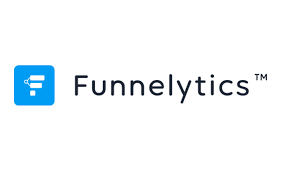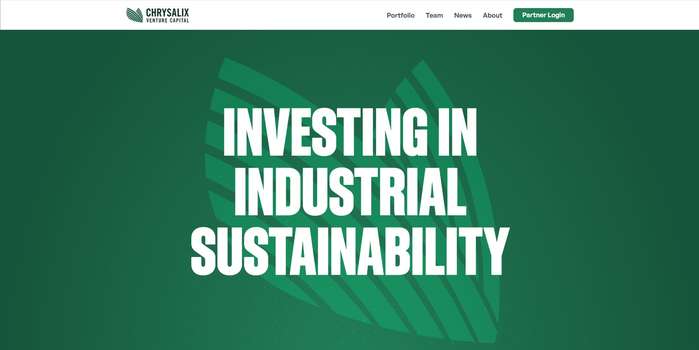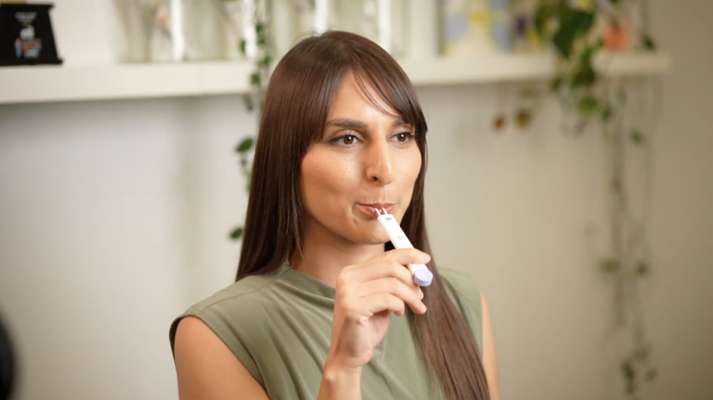Sales Funnel vs. Customer Journey: What are the Differences?
A customer-centric approach to sales and marketing goes a long way.
According to a Salesforce survey, about 66% of customers expect brands to understand their needs and pain points. And they stay loyal to brands that are willing to go the extra mile to provide quality services and experiences.
The sales funnel and customer journey are two critical concepts (often used interchangeably) that help you gain this level of insight about your customers. But by understanding the differences between the two, you can craft targeted marketing campaigns and enhance your customer experiences.
Let’s look at the difference between a sales funnel and a customer journey and how you can use them to optimize your sales and marketing strategies.
What is the difference between the sales funnel and customer journey mapping?

A sales funnel focuses on increasing sales efficiency—by quickly moving individuals through the sales funnel until they make a purchase.
On the other hand, a customer journey traces the relationship between a customer and a brand. It goes beyond sales and seeks to enhance customer satisfaction, loyalty, and advocacy long after a purchase is made.
Think of the sales funnel as a subset of the customer journey. While a sales funnel comprises the steps leading to conversion, a customer journey takes a holistic view of the customer’s experience, whether it results in an immediate sale or not.
James Owen , Co-founder and Director of Click Intelligence , summarizes the differences succinctly:
“Sales funnels focus on turning visitors into leads and leads into customers. The customer journey is a more detailed map. It shows how people go from just hearing about a product to actually buying it. People sometimes mix these up because they both involve how customers move along. It’s important to know the difference because it helps in planning marketing strategies.”
What is the sales funnel?

A sales funnel represents the journey your customers take to purchase your product. It begins from the moment they become aware of your offering.
You attract a broader audience at the top of the funnel, and as they progress through various stages, the list narrows down. You can build different types of sales funnels based on your business model, goals, and target audience.
Let’s look at an example.
You’re running Facebook ads to promote a new online coaching course. When your leads click on the ad, they get redirected to the landing page for a lead magnet, i.e., a free e-book on coaching essentials.
In the next few days, you send them emails with valuable resources and allow them to get to know you better. And finally, you pitch your offer with a beautifully written sales page about your new course.
This is when your leads may leave or decide to purchase from you, depending on how great your efforts and offer were.
Let’s look at the four stages of a sales funnel.
Stage 1: Awareness
This is when your potential customers become aware of your product or brand. The primary goal in the awareness stage is not immediate sales. Your goal is to capture leads for further engagement.
In the above example, running Facebook ads is the first step toward awareness, where you want your potential customers to discover your brand and pique their interest in your online course.
Stage 2: Interest
The second stage in the sales funnel is interest. In this stage, your leads have moved beyond initial curiosity and are actively exploring your offerings as potential solutions to their needs. Once your leads have clicked your ad and made it to your landing page, you’ve got them interested.
Then, you can pique their interest further by sending them relevant and helpful communication, like the series of emails we outlined above. This will help them approach the next stage of the sales funnel: making a decision.
Stage 3: Decision
This is when you help prospective customers consider your product as a viable solution and make their decision.
In the above example, you pitch your final offer via a sales page. This page explains why your online coaching course is a great deal and outlines the benefits they can get from it. You might then tempt them with an irresistible offer—like a free trial, discounts, or other perks.
Stage 4: Action
This final stage covers their journey from decision to checkout. Whether or not they buy—or continue to buy from you—largely depends on their checkout experience. And research shows that you can increase your sales conversion rates by 35.26% by optimizing your checkout process.
Benefits of creating a sales funnel
- Personalized sales strategies: Sales funnels help you create personalized strategies to convert a lead. For example, when you know where an individual is in your funnel, you can alter your marketing communications for them. Someone exiting at the checkout stage might need a nudge (say, a 20% discount), and someone revising a landing page might be looking for more information.
- Lead prioritization: You can qualify your hot leads (who are most likely to convert) and even segregate them based on where they are in your sales funnel.
- Clearer targeting: Your sales process becomes clearer and more targeted. From identifying potential leads and scoring them, to handling their objections while closing the sales, it equips you with everything you need to know to sell effectively.
Limitations of the sales funnel
- No focus on post-sales stages: The sales funnel only focuses on pre-sales stages and neglects the post-sales stages that involve promoting customer retention and advocacy.
- A simplistic viewpoint: A customer’s interaction with a brand is not as linear as it seems based on a sales funnel. For example, a customer may or may not check your social media after showing interest in your ad. They may even turn up months later after watching a YouTuber mention your product.
- Too sales-driven: Modern-day customers don’t like being sold to—at least not in the first encounter. A sales funnel focuses primarily on sales.
Important sales funnel metrics to track
- Conversion rates: This is the percentage of leads or prospects that move from one stage of the funnel to the next.
- Cost per acquisition : This is the cost of acquiring a new customer.
- Churn rate: This is the percentage of customers who cancel their subscriptions or stop doing business with you over a specific period.
- Drop-off rates: This is the percentage of leads exiting the sales funnel at a particular funnel stage.
Start your free trial of Funnelytics Performance
Unleash the full potential of Funnelytics with a free 14-day trial and get access to the platform that will help you plan, measure and optimize your customer journeys.

Example of the sales funnel (and how you can analyze it)
Behind Amazon’s personalized homepage recommendations is their ingenious marketing strategy, and you can hack your way into understanding their funnel .
How? You can see Amazon’s approach in action once you’re past the interest stage and have entered the consideration stage. This is when you’ll see the tailored list of recommendations—generated via machine learning based on your recent purchases or visits to a particular brand’s page.
This eCommerce giant remembers the brands you love and buy from regularly—even sends these sellers timely reminders to restock popular products.
Takeaways
- Let technology find unique insights for you.
- Personalization is key to customer acquisition and retention.
Speaking to how his team uses sales funnels, James Owen has the following to say:
“Studying sales funnels helps us see where we might be going wrong and where people decide not to buy. The main goal is to get people to move from one stage to the next until they make a purchase.”
He continues, “Sales funnels are good for budget planning, choosing where to advertise, and measuring success. However, sales funnels can’t tell us everything. They can’t show us what customers are feeling or the things outside that affect their decisions.”
That’s where customer journey mapping comes into play.
What is a customer journey?

A customer journey refers to the complete series of interactions and touchpoints a customer has with a business or brand throughout their entire relationship: from initial awareness to brand loyalty and advocacy.
For example, Sarah visits various websites to find her next travel destination. She reads reviews and looks at travel guides. She then decides on a beach destination and begins comparing different resorts.
She ends up booking a beachfront resort in Tanzania and receives confirmation emails with her booking details. She also uses the resort’s mobile app to explore dining options, book spa treatments, and plan activities in advance.
After returning from the trip, Sarah received a post-trip email from the resort, thanking her for her stay and requesting feedback on her experience. She loved the experience so much that she became a loyal customer, and follows the resort’s social media accounts to stay updated on promotions and new offerings.
This covers Sarah’s journey from initial awareness to post-trip experience.
To unpack Sarah’s journey with the resort, you need a detailed customer journey map. This helps you identify all the touchpoints where a customer interacts with the business. In this example, that’s the resort’s website, email, social media, and mobile app.
The customer journey map also highlights key interactions and moments of truth. In the example, these moments may include the ease of the booking process, the convenience of the mobile app, the quality of the resort’s services, and the post-trip feedback process.
To map customer journeys more accurately and effectively, you need insights into how customers progress through each stage.
Stage 1: Awareness
Stage one of the customer journey tells you where your customers are coming from—like organic sources or paid ads. In the above example, the brand can monitor their traffic sources, including direct web traffic, social media, ads, referrals, or organic search traffic.
Stage 2: Consideration
The consideration stage commences when Sarah decides on the beach destination and starts looking for a resort in the area. This is where your efforts to drive engagement and nurture leads pay off.
For example, in this case, Sarah checked out the resort’s social profiles and blogs and even subscribed to their newsletter. She checked out their reviews and compared their packages with their competitors.
Stage 3: Decision
In this stage, the customer decides whether to purchase from you. And like Sarah, they look for reviews, prices, and convenience to decide. In our example, Sarah booked the moment she was offered a great deal.
Stage 4: Retention
This is when you segment your customers based on behavior, purchase history, demographics, and engagement level and send targeted communication post-sales—like how Sarah receives a post-trip email.
Stage 5: Loyalty
At this stage, you turn your returning customers into brand advocates by offering exclusive deals or by simply staying in touch.
Benefits of creating a customer journey map
- Holistic insights: It provides deep insights into how customers interact with your brand.
- Customer centricity: It shifts the focus from internal processes to the customer’s perspective and promotes a culture of customer satisfaction and loyalty.
- Improved customer experiences: It pinpoints every interaction your customers have with you at different touchpoints and provides you with insights to improve each—and delight them at every turn.
Limitations of customer journey mapping
- Multiple maps needed: A single journey map may not accurately represent the experiences of all customers, especially in businesses with diverse customer segments.
- Can’t account for everything: Customer journey maps don’t account for changes in customer behavior, market dynamics, or technological advancements over time.
- Occasionally overcomplicated: Some customer journeys can be overly complex, which defeats the purpose of simplifying customer analysis.
Different types of customer journey models
- Linear model: This assumes customers follow a predictable path from one stage to the next.
- Non-linear model: This accepts that customers may engage with a brand in a less structured and more dynamic way.
- Persona-based models: These represent different customer segments.
- UX-focused journey maps: These help UX designers understand how users interact with digital interfaces.
Example of a customer journey and analysis
Rare Beauty has emerged as a popular brand in the beauty industry. While their founder’s fame brought in a lot of attention, their social media marketing strategy brought customers from interest to the consideration stage.
Rare Beauty focuses on a critical pain point of their target customers—the stigma around beauty standards and mental health. They made their founder (Selena Gomez) the face of the brand, and create helpful and inspiring content on embracing diversity and promoting empowerment.
Takeaway
- Base your marketing on helping your customers, not making sales.
- Build a community of loyal followers, and they’ll vouch for you no matter what.
Start your free trial of Funnelytics Performance
Unleash the full potential of Funnelytics with a free 14-day trial and get access to the platform that will help you plan, measure and optimize your customer journeys.

When should you use the customer journey vs. the sales funnel?

Use a sales funnel when your goal is to generate leads and convert them into customers. By analyzing each stage of the funnel, you can identify drop-off points and implement strategies to minimize them.
Use a customer journey framework when you’re looking to foster long-term relationships with customers. It’s especially helpful in long-term brand-building as you get detailed insights into your customers’ needs and preferences.
How to combine the customer journey map and sales funnel for maximum insights
Due to the overlapping functions of a sales funnel and a custom journey map, you can align them to build a more cohesive approach to marketing and sales.
Here’s how you can integrate these two tools effectively:
- Create different customer journey maps to understand your customer personas—by target industry, location, product preference, and sales channel.
- Use these insights to build your sales process. Start by identifying the stages that overlap in both processes.
- Tailor your content and messaging to align with both the customer journey map and the sales funnel.
- Use insights from customer journey analytics and sales funnels to address customer pain and friction points.
- Establish a feedback loop between sales and marketing teams. Share insights and customer feedback to ensure both teams understand customer behavior and preferences.
Funnelytics: the tool to get the most from your next customer journey analysis
Sales funnels and customer journey maps are both critical business tools that offer unique perspectives on the customer’s path to purchase. They help you allocate your resources wisely and develop effective strategies for your business.
A customer mapping tool like Funnelytics is especially handy when you need to dissect a customer’s journey into the smallest details. You can visualize the entire journey on your screen and gather data from every touchpoint in one place for effective analysis.
Sign up for a 14-day free trial today!
Start your free trial of Funnelytics Performance
Unleash the full potential of Funnelytics with a free 14-day trial and get access to the platform that will help you plan, measure and optimize your customer journeys.

Het bericht Sales Funnel vs. Customer Journey: What are the Differences? verscheen eerst op Funnelytics™ .
Full content in Funnelytics




